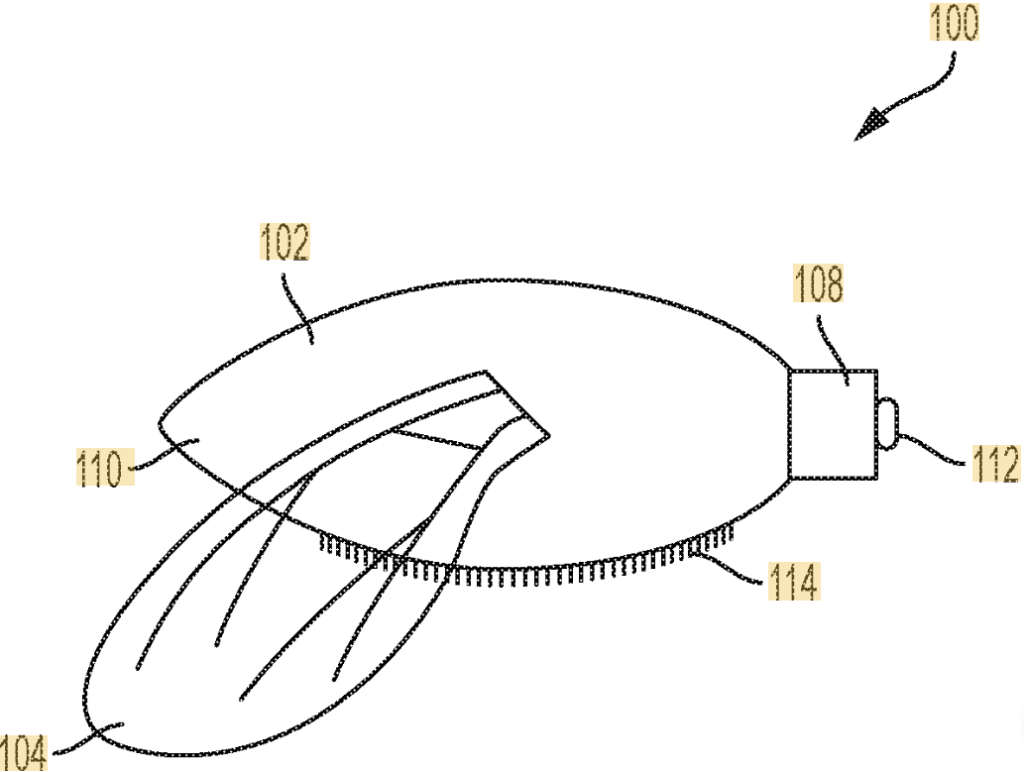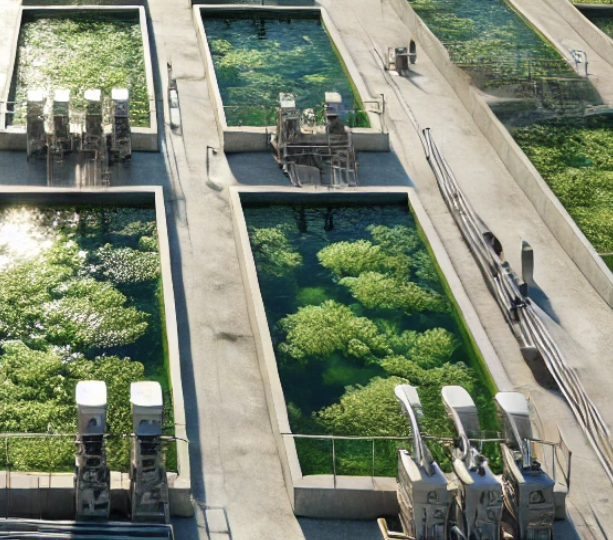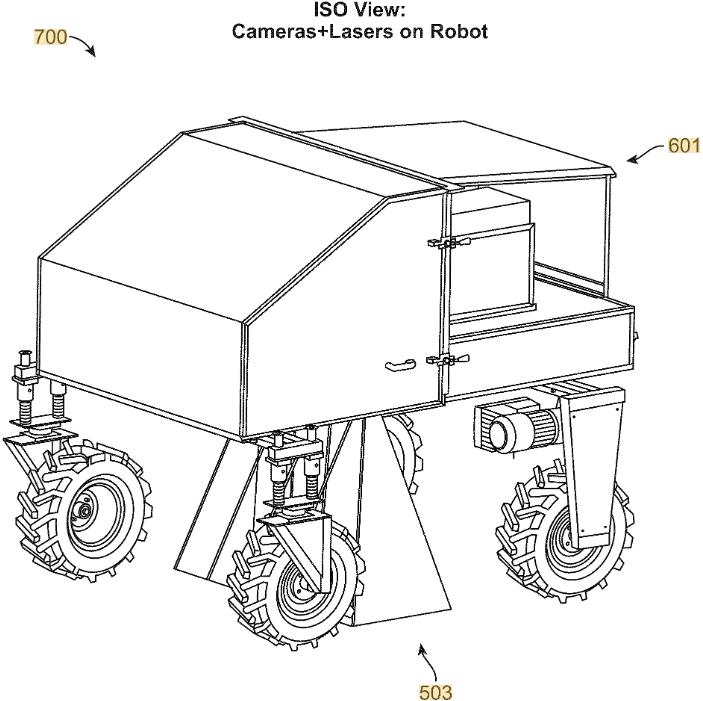“The best way to predict the future is to create it.”
— Peter Drucker
Robotic Bee Pollinators

A Carbon Sequestration Breakthrough

Biosecure Algae and the Battle Against Climate Change
Imagine a world where we can fight climate change not with smokestacks or sprawling machines, but with microscopic algae working quietly behind the scenes. That’s the vision behind a new breakthrough in synthetic biology, outlined in patent WO2012006307A1. A team of researchers has engineered a strain of algae that not only captures carbon dioxide from the atmosphere but also comes equipped with built-in genetic safeguards that keep it confined to lab-controlled environments. This means it can’t escape and disrupt natural ecosystems—an essential feature for any climate solution involving genetically modified organisms.
The technology is as fascinating as it is functional. Picture an ultra-secure aquarium filled with carbon-hungry algae that only survive under strict conditions. These algae contain genetic “on” and “off” switches: survival genes that only activate in the presence of a lab-supplied molecule, and lethal genes that trigger if they find themselves outside the safe zone without their chemical lifeline. To go even further, the algae are modified to need unique nutrients or artificial lighting that simply doesn’t exist in the wild. All of this adds up to a fail-safe, self-contained system that turns algae into tiny, controlled carbon vacuums—efficiently converting CO₂ into biomass and helping to clean the air.
This invention couldn’t come at a better time. As the urgency of climate change grows, so does the demand for safe, scalable carbon capture solutions. These biosecure algae offer a sustainable way for industries to reduce their emissions without compromising ecological safety. It’s an exciting intersection of synthetic biology, environmental science, and engineering that opens the door to a wide array of real-world applications.
The cool factor? This isn’t your average climate tech. Think carbon-zapping algae pods stationed next to factories, quietly scrubbing emissions from the air. Think genetic safeguards that act like secret agent kill-switches, ensuring the algae never go rogue. And think plug-and-play sustainability: these systems could easily be integrated into vertical farms, wastewater treatment plants, or green infrastructure projects across cities and rural areas alike. The possibilities range from industrial carbon offsets for sectors like steel and cement to the creation of carbon-neutral materials, such as algae-based plastics and fuels.
The broader implications are massive. Climate tech startups can build a new class of carbon capture products. Heavy industries have a novel tool for meeting emissions targets without relying solely on credits or taxes. Researchers gain a reliable platform for deploying other safe GMOs in the fight against global warming. Even agri-tech innovators can use these algae systems for nutrient recovery, adding value to agricultural waste streams while cutting emissions.
In short, biosecure algae aren’t just a scientific curiosity—they represent a bold, biotech-powered move toward a cleaner, more climate-resilient future.
A Game Changer for Farmers and Healthier Food

